http://slides.com/tennisbear/jenkins-sch
Jenkins: Advanced Pipelining and Bitbucket/S3 Integrations
Jenkins: Advanced Pipelining and Bitbucket/S3 Integrations
Who Am I?
- Dennis Slade Jr.
dslade@scholastic.com
- 23+ years experience in web & desktop applications, software support, and training
- B.A. in Computer Science from Vassar College
- 30+ years providing tech support to Mom

What is Jenkins?
Jenkins is an open source automation server which supports the building, deploying and automating of any project.
Jenkins is famous for being a continuous integration/delivery (CI/CD) server, but it is more than that.
How our team uses Jenkins
Code and config deploys in dev, stage, upd and perf environments (automated and manual)
Unit test and SonarQube coverage
Deploys to live/production

Jenkins: Basic/Sandbox
Installed locally
No security (anonymous user)
No organization of jobs
“Freestyle” jobs using GUI elements
Complex functionality through plugins GUI
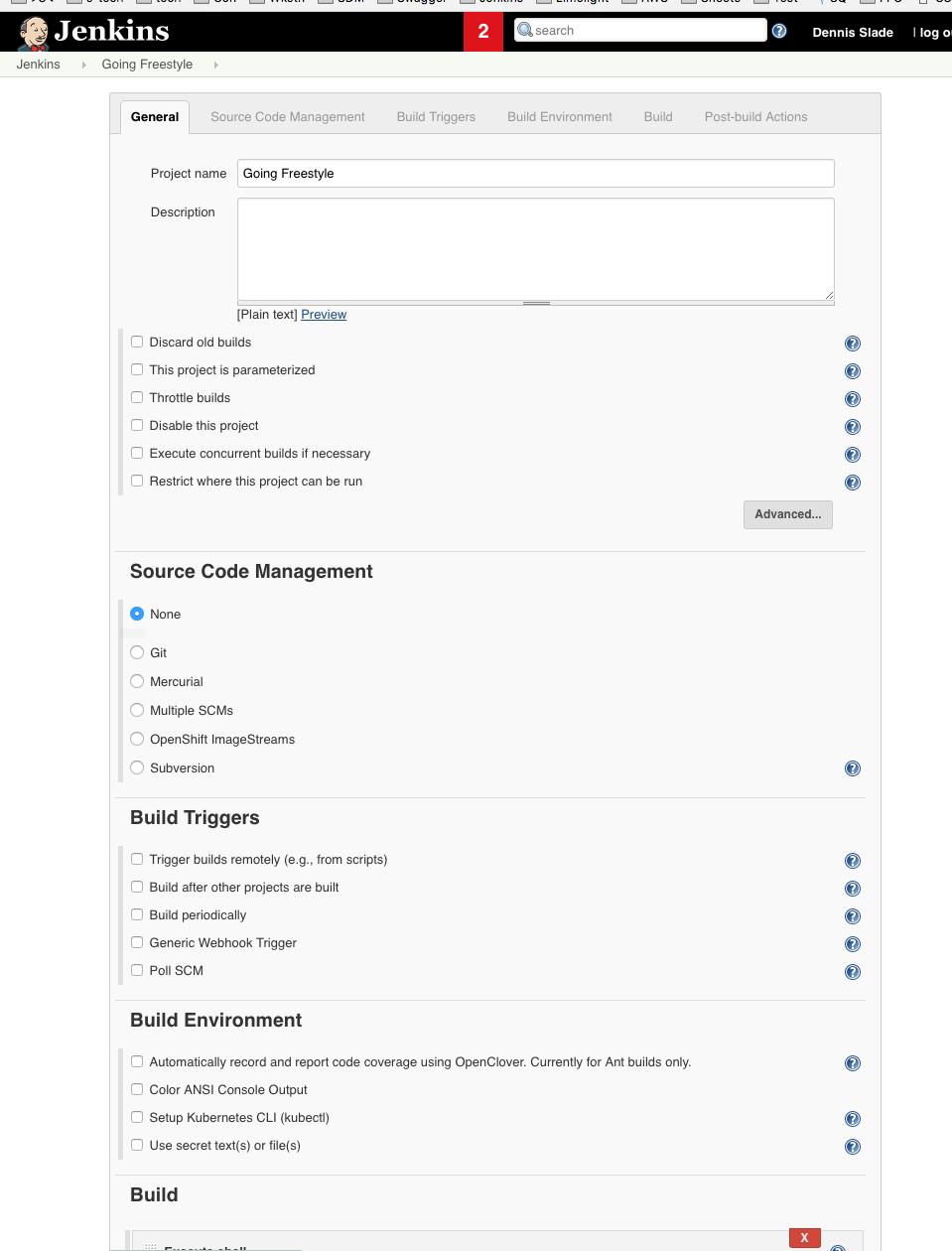
Jenkins: Intermediate
Installed in the cloud or shared terrestrial server
Basic security (single user)
Jobs organized by name and tabs
Mostly “freestyle” jobs made with the GUI
Some pipeline scripts in the mix
Basic parameterization and job chaining
Jenkins: Advanced
Installed in the cloud
Solid security (multiple users/roles)
Jobs organized by name, tabs (maintained by regex), environment
Most jobs pipelines scripts, reusable between jobs
Using more complex plugins
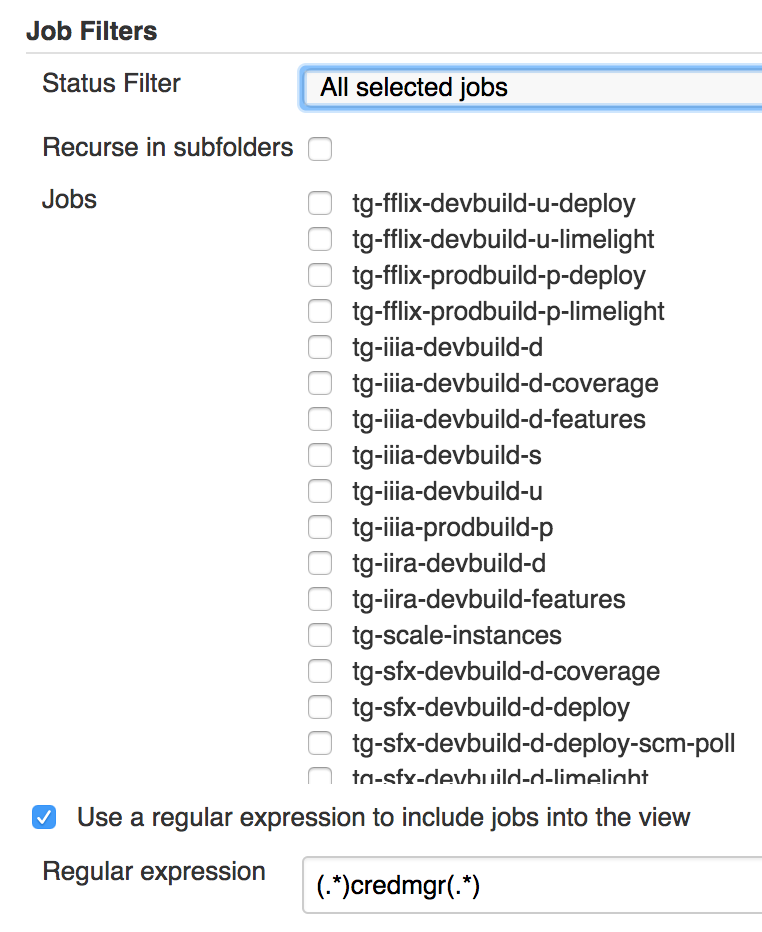
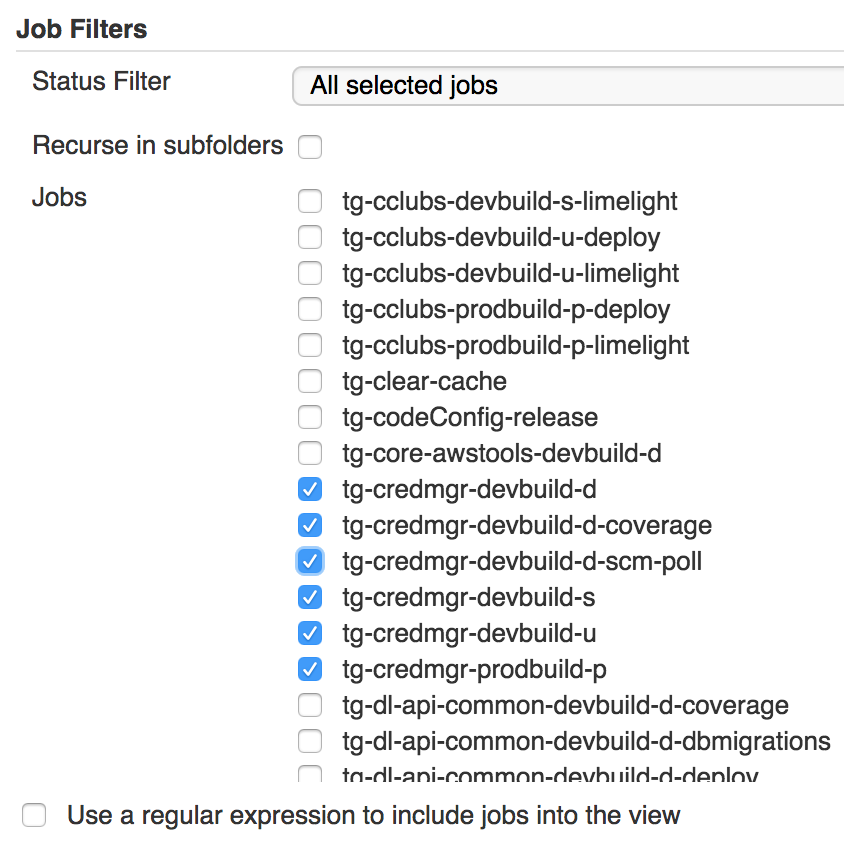
Tab Views by Regex
Where do things run in Jenkins?
It’s the server not the client
Using each project’s Workspace
On a Jenkins server shared installations benefit all jobs
Pipeline Scripts are Groovy
"Groovy is an optionally typed and dynamic language, with static-typing and static compilation capabilities, for the Java platform aimed at improving developer productivity thanks to a concise, familiar and easy to learn syntax." [*]
It's basically Java-lite.
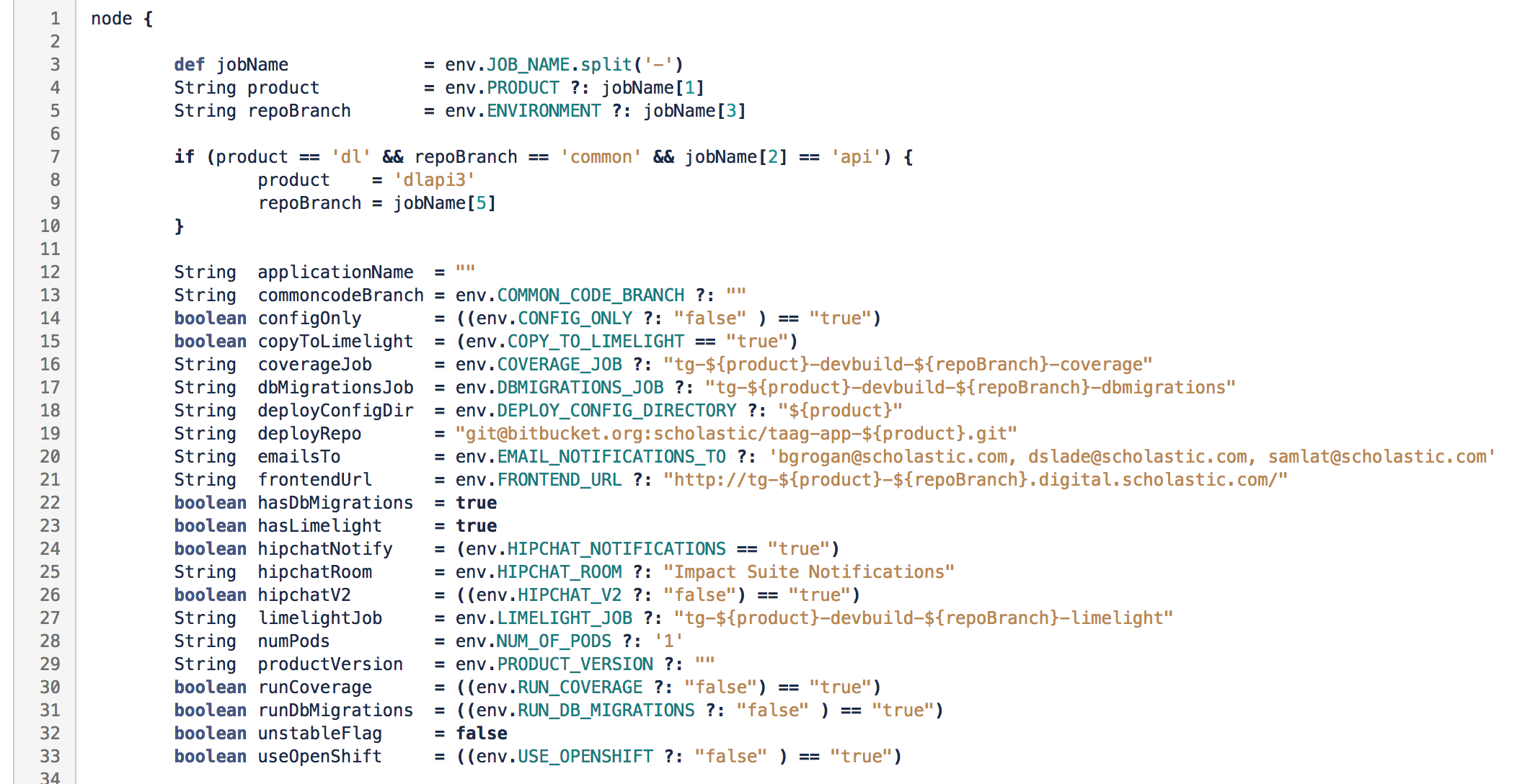


Git/Bitbucket and Jenkins:
Perfect Together
You gain much by pulling Groovy pipeline scripts from a Bitbucket repo:
- One script, many jobs
- Versioning and change tracking
- Visibility of scripts beyond Jenkins, team
- Test changes on branches before “going” live
- Leverage Bitbucket pull requests for code reviews
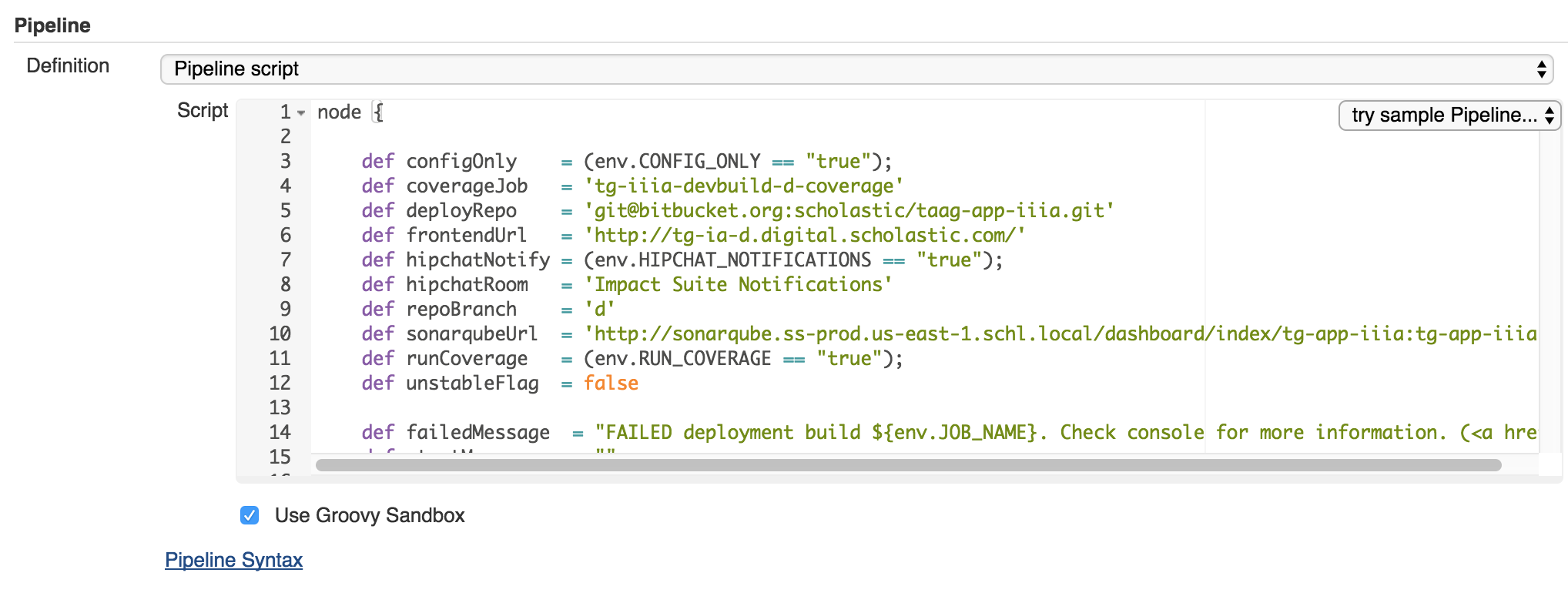
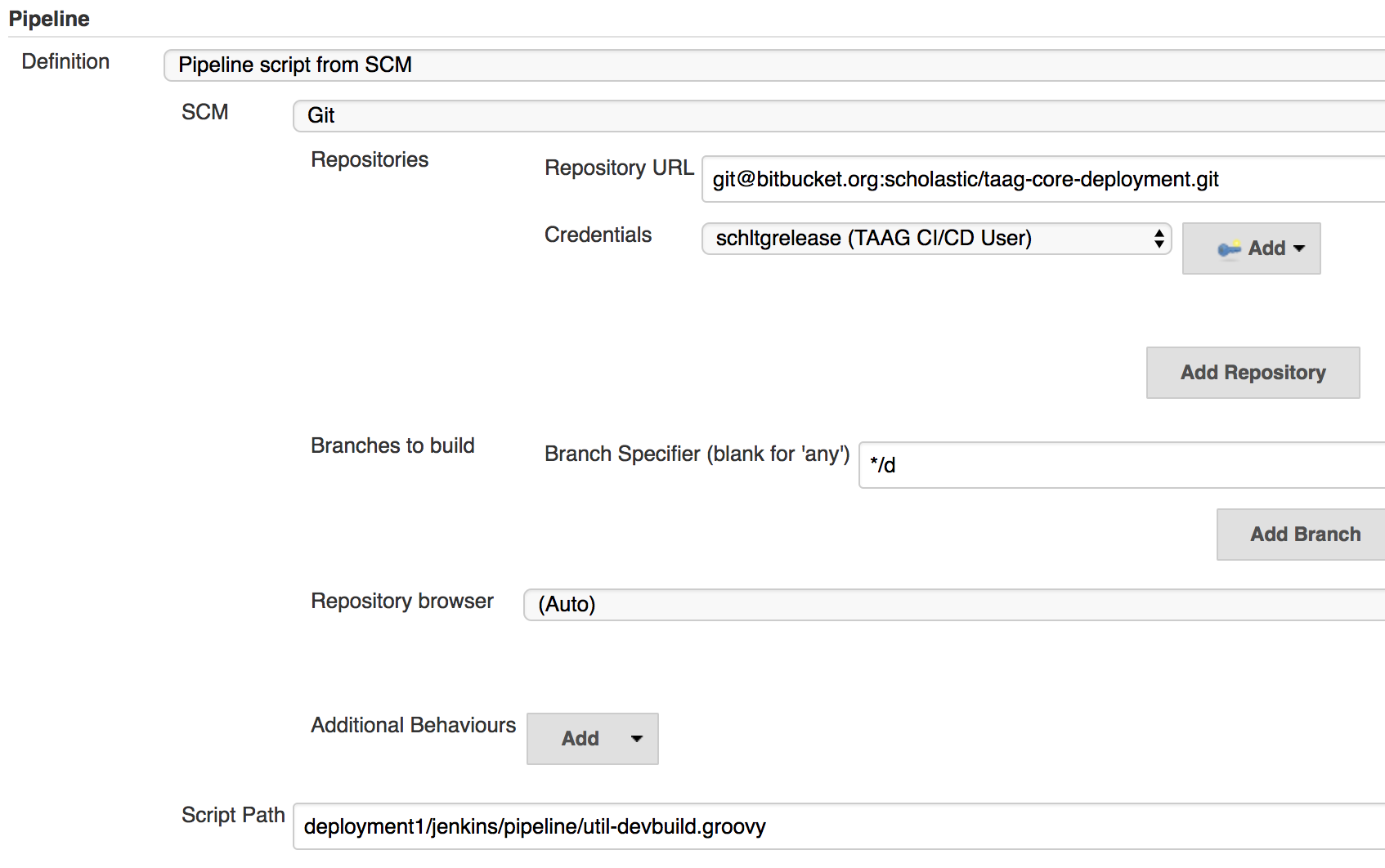
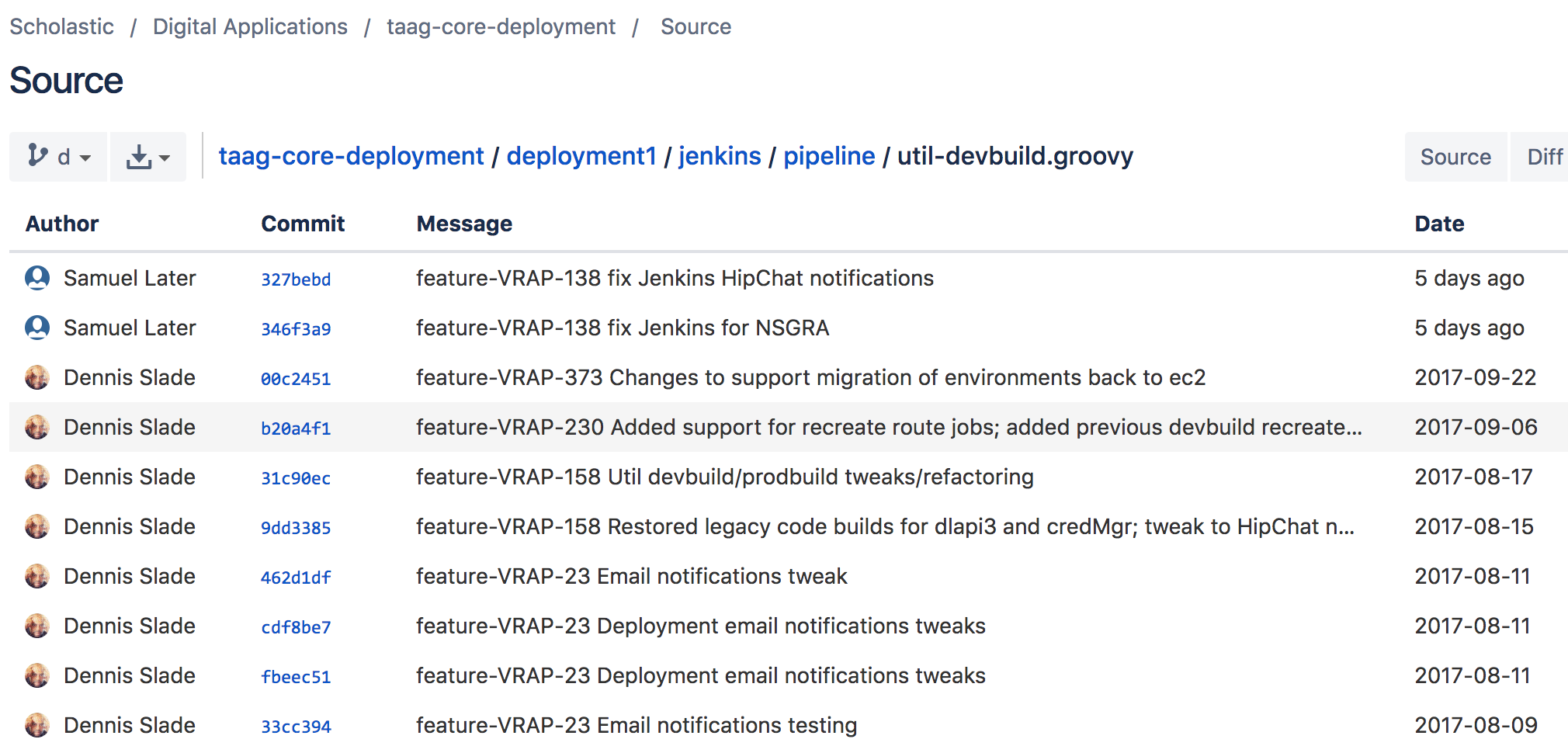
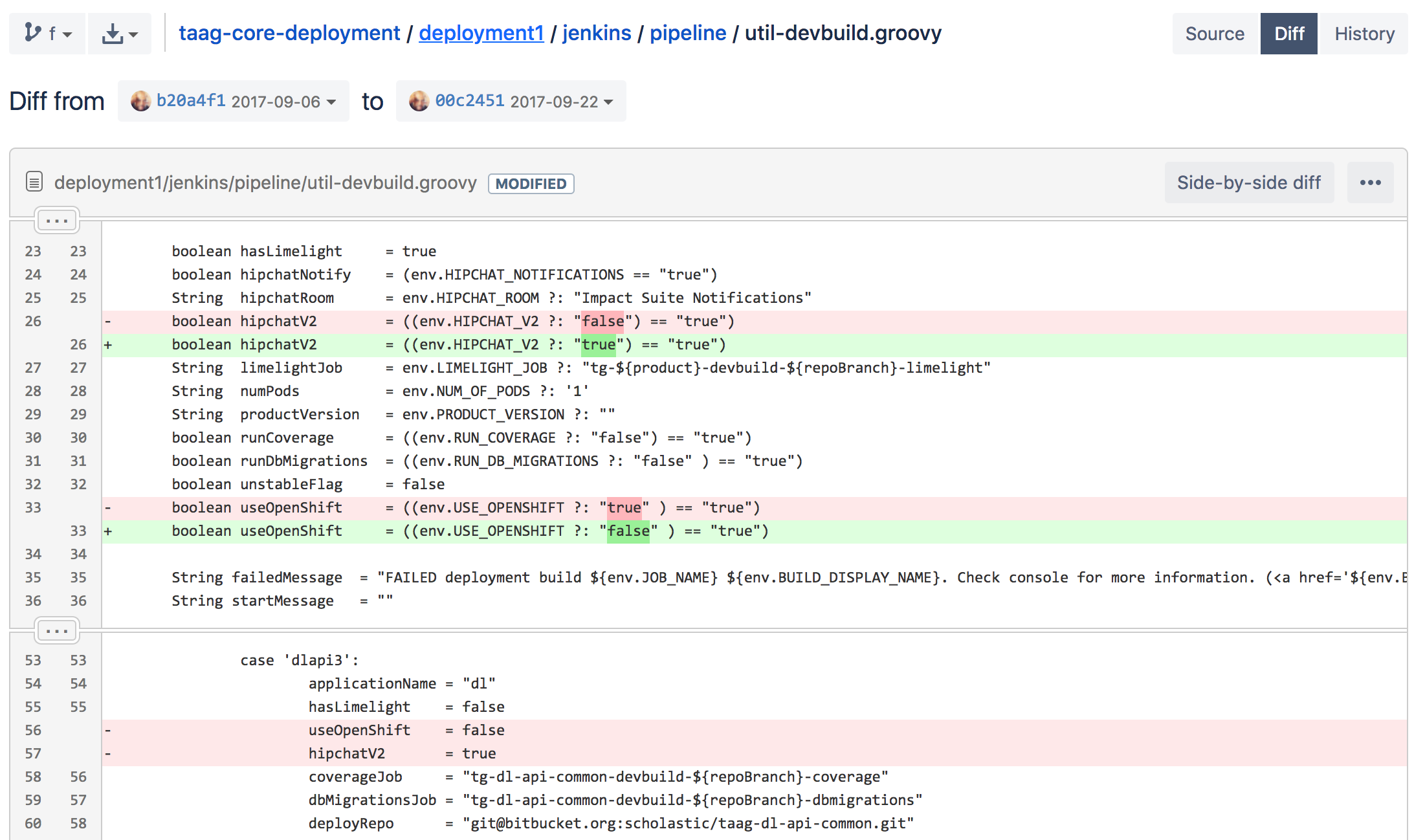
Making scripts reusable in multiple environments / projects
- Multiple environment logic in a single script
- Job parameters
- Job name to drive multiple behaviors
- Job descriptions (history)
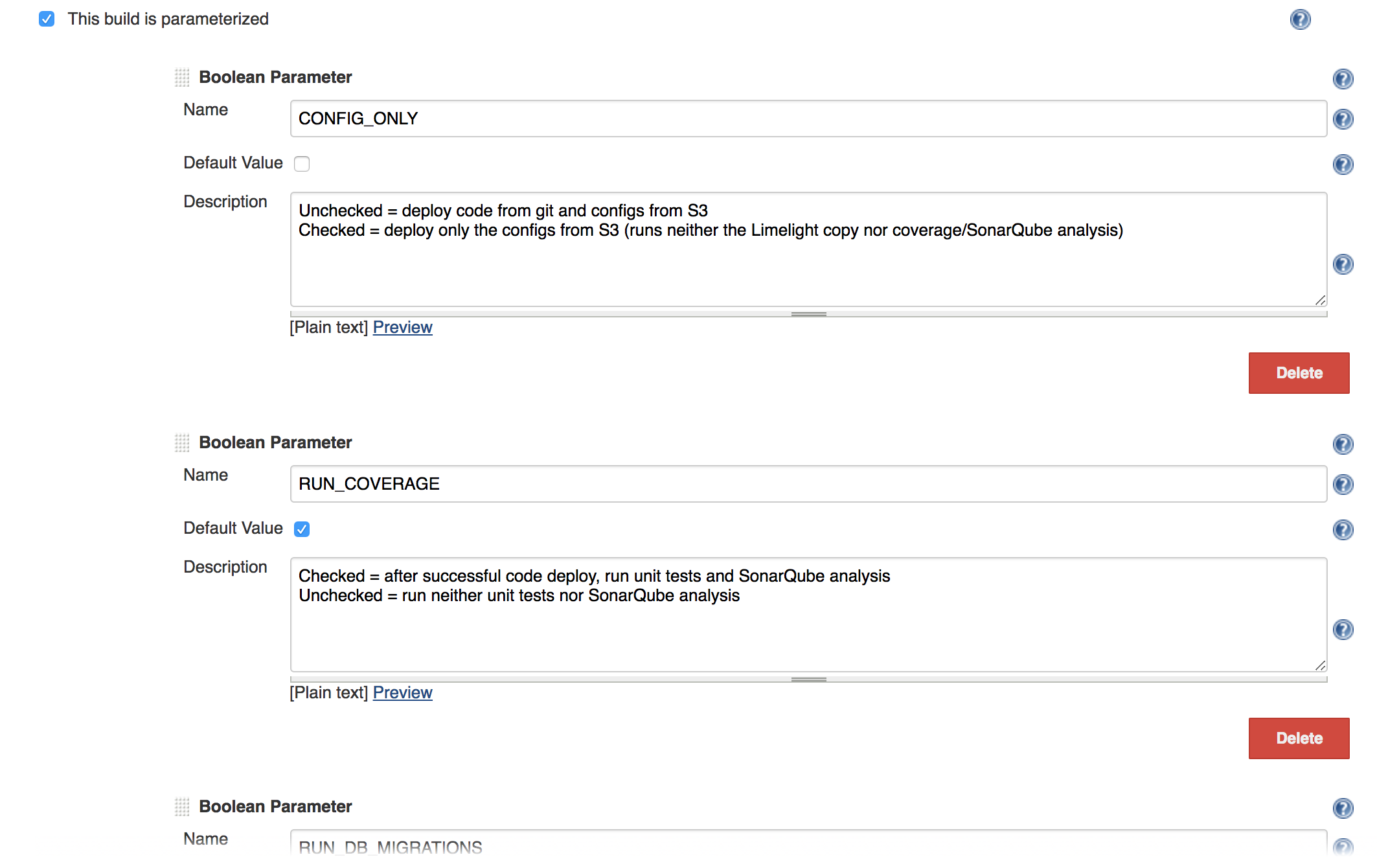
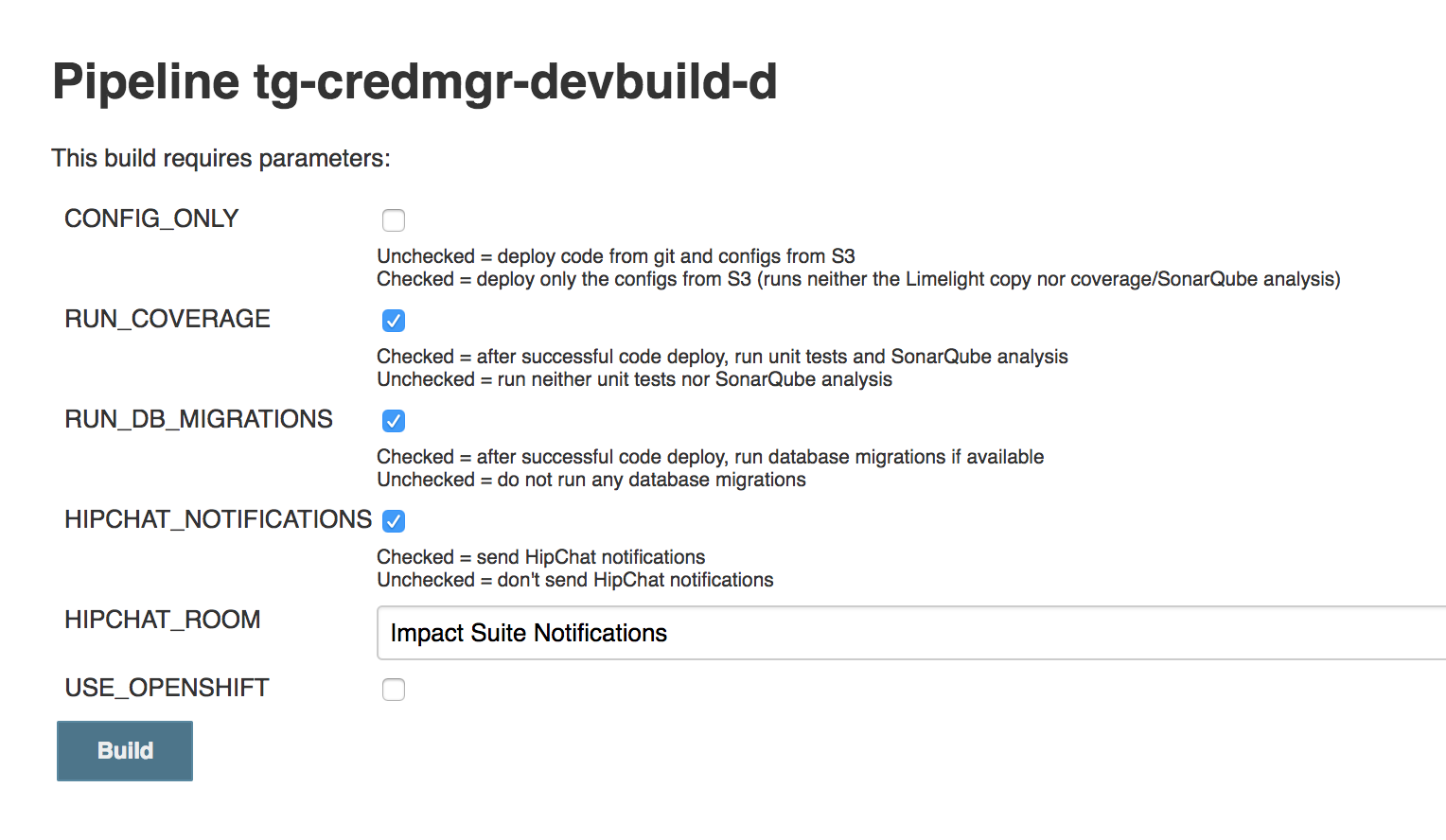

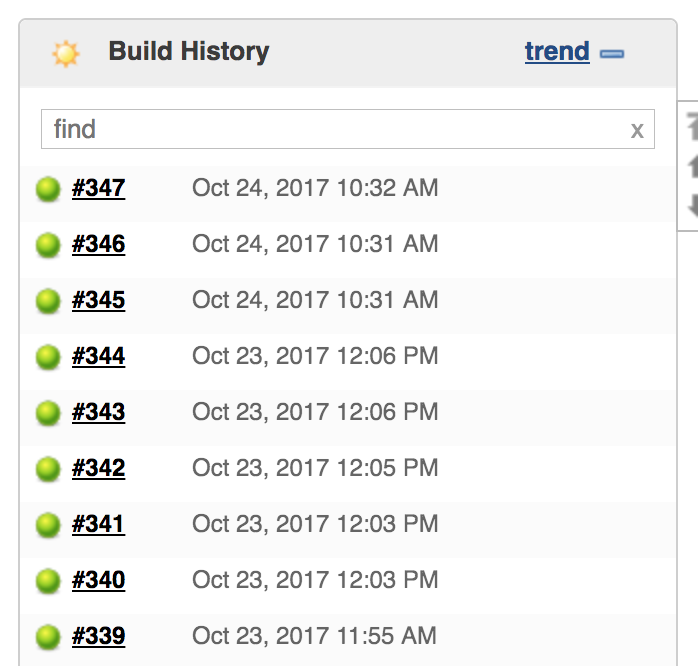
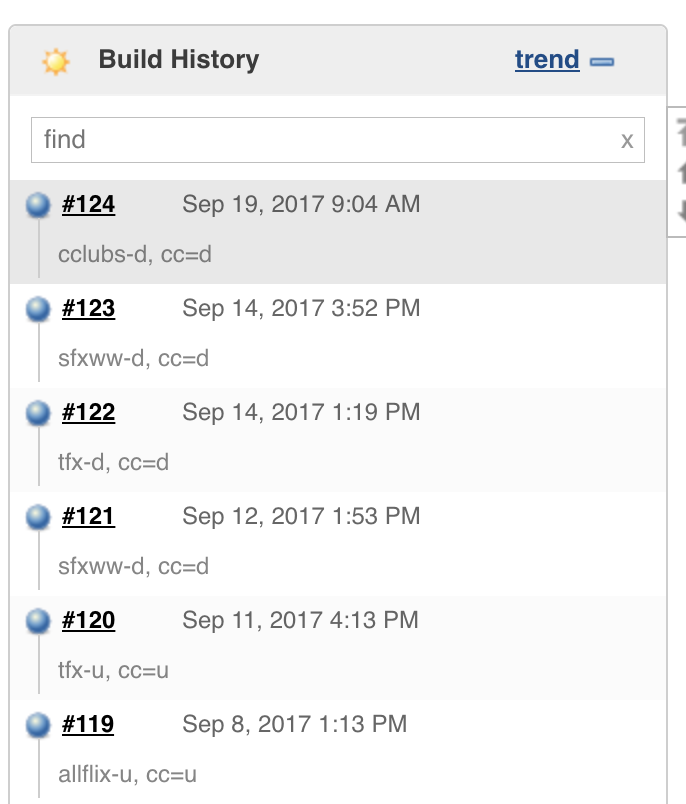
Parameterization & Job Triggering
Add to the flexibility and functionality of your jobs by adding parameters and having jobs trigger each other
Parameters can be user selected, passed in by another job, predefined by job, default by environment variable
Job triggering allows a job to be invoked manually or as part of one or more CI/CD processes.
Integrating S3 uploads and downloads into your pipelines
Install S3 command line tools as shared on your Jenkins installation.
Use SCM git polling to trigger uploads into S3 based on the file locations of changed files.
Useful Plugins
Links
Thanks for listening!
Dennis Slade Jr.
• Mail: dslade@scholastic.com
• Twitter: @DennisSladeJr
This presentation on Slides.com:
http://slides.com/tennisbear/jenkins-sch

Jenkins: Advanced Pipelining and Bitbucket/S3 Integrations
By Dennis Slade Jr.
Jenkins: Advanced Pipelining and Bitbucket/S3 Integrations
Why you should be pulling all of your pipeline scripts from Bitbucket? How can you make your scripts easily reusable in multiple environments and for multiple projects? Integrating S3 uploads and downloads into your pipelines How can parameterization and script chaining add to the utility of your Jenkins jobs?
- 1,868



